
This content was recently updated by Sudhir Singh on January 29, 2025 to improve accuracy.






In today’s fast-paced world, meals are often rushed, eaten on the go, or consumed mindlessly in front of screens. This disconnect from our food can lead to overeating, poor digestion, and an unhealthy relationship with eating. Mindful eating offers a powerful alternative—an approach that encourages awareness, appreciation, and intentionality with every bite.
Mindful eating is not about strict dieting or cutting out certain foods. Instead, it’s about being fully present while eating, listening to your body’s hunger signals, and savoring the sensory experience of food. This practice can transform your relationship with food, improving both physical health and emotional well-being.
What is Mindful Eating?
Mindful eating is a practice rooted in mindfulness, the art of being present and fully engaged in the moment without judgment. It involves:
✔ Paying attention to hunger and fullness cues before, during, and after eating.
✔ Eating without distractions like TV, smartphones, or work.
✔ Fully experiencing the taste, texture, and aroma of food.
✔ Being aware of emotional and habitual eating patterns.
✔ Choosing foods that nourish your body and satisfy your senses.
By practicing mindful eating, you shift from automatic, unconscious eating to a more intentional, fulfilling experience.
The Science Behind Mindful Eating
Research suggests that mindful eating can have profound effects on health and well-being:
- Reduces Overeating & Emotional Eating: Studies show that people who eat mindfully are less likely to overeat because they become more attuned to their body’s hunger and satiety signals.
- Improves Digestion: Eating slowly and chewing thoroughly helps break down food properly, reducing digestive issues like bloating and indigestion.
- Aids in Weight Management: Mindful eating encourages natural portion control, leading to better weight regulation without restrictive diets.
- Enhances Enjoyment of Food: By engaging all senses, mindful eaters tend to enjoy their meals more, leading to greater satisfaction and less need for overeating.
- Reduces Stress & Anxiety Around Food: Mindful eating fosters a healthier, more compassionate relationship with food, decreasing stress related to dieting and body image.
Practical Steps to Start Mindful Eating
1. Eat Without Distractions
One of the biggest barriers to mindful eating is multitasking while eating. Whether it’s watching TV, scrolling through social media, or working at your desk, distractions prevent you from truly experiencing your meal.
How to practice:
- Set aside dedicated time for meals.
- Turn off screens and sit at a dining table.
- Focus solely on your food and the act of eating.
2. Tune Into Your Hunger & Fullness Cues
Often, we eat because it’s mealtime, out of boredom, or due to emotional triggers rather than true hunger. Learning to recognize genuine hunger and satiety signals is key to mindful eating.
How to practice:
- Ask yourself, “Am I really hungry, or am I eating out of habit or emotion?”
- Rate your hunger on a scale from 1 (starving) to 10 (overly full). Aim to eat when you are at a 3-4 and stop at a 6-7.
- Pause during meals to check in with your fullness levels.
3. Slow Down & Chew Thoroughly
Many people eat too quickly, leading to overeating and poor digestion. Slowing down allows your body to register fullness and enhances the sensory experience of eating.
How to practice:
- Take smaller bites and chew thoroughly before swallowing.
- Put down your fork or spoon between bites.
- Take a few deep breaths before starting your meal.
4. Engage Your Senses
Mindful eating is about fully experiencing food using all five senses—sight, smell, taste, texture, and even sound.
How to practice:
- Observe the colors, textures, and presentation of your food.
- Inhale deeply and appreciate the aroma before taking a bite.
- Notice the flavors, temperature, and textures as you chew.
5. Cultivate Gratitude for Your Food
Taking a moment to appreciate where your food comes from and how it nourishes your body can deepen your connection to eating.
How to practice:
- Before eating, pause and express gratitude for your meal.
- Consider the journey your food took to reach your plate—farmers, transport, preparation.
- Appreciate the nutrients and energy your meal provides.
6. Be Mindful of Emotional Eating
Emotional eating—eating in response to stress, sadness, boredom, or anxiety—is a common challenge. Mindful eating helps differentiate between physical hunger and emotional cravings.
How to practice:
- When you feel the urge to eat, pause and ask yourself what you are feeling.
- Identify if it’s true hunger or an emotional response.
- Find alternative coping strategies like walking, journaling, deep breathing, or drinking water.
Mindful Eating vs. Dieting: What’s the Difference?
| Mindful Eating | Traditional Dieting |
|---|---|
| Encourages awareness and enjoyment of food | Focuses on restriction and food rules |
| No “forbidden” foods—enjoy everything in moderation | Often bans certain foods, leading to cravings and guilt |
| Promotes intuitive eating based on hunger and fullness | Emphasizes external controls like calorie counting |
| Focuses on overall well-being and balance | Primarily aims for weight loss |
| Helps develop a sustainable, healthy relationship with food | Can lead to cycles of restriction and binge eating |
Mindful eating is a flexible and sustainable approach to food, whereas dieting often leads to short-term results and long-term frustration.
How to Incorporate Mindful Eating Into Daily Life
Mindful eating doesn’t have to be overwhelming. Start small and build from there.
- Begin with one mindful meal per day. Choose one meal to eat without distractions and focus on the experience.
- Practice mindful snacking. Instead of mindlessly munching, pay attention to flavors and portion sizes.
- Use a smaller plate. This simple trick helps with portion control and slows down eating.
- Keep a food journal. Reflecting on what and why you eat can increase awareness and prevent emotional eating.
- Be kind to yourself. There is no “perfect” way to eat—focus on progress, not perfection.
Final Thoughts: Why Mindful Eating Matters
Mindful eating is more than just a practice—it’s a way of life that helps you develop a healthier, more balanced relationship with food. By slowing down, paying attention, and honoring your body’s signals, you can enhance your enjoyment of meals, improve digestion, and make more conscious food choices.
In a world where fast food and rushed meals are the norm, taking the time to eat mindfully is an act of self-care. Whether you’re eating a simple home-cooked meal or dining at a restaurant, being present with your food can transform not only your health but also your overall well-being.
So next time you sit down to eat, take a breath, slow down, and truly savor each bite. Your body and mind will thank you.








![12 Government Schemes Urban Poor Must Know About [2025 Guide]](https://indiansouls.in/wp-content/uploads/2025/05/image-1.jpg)



















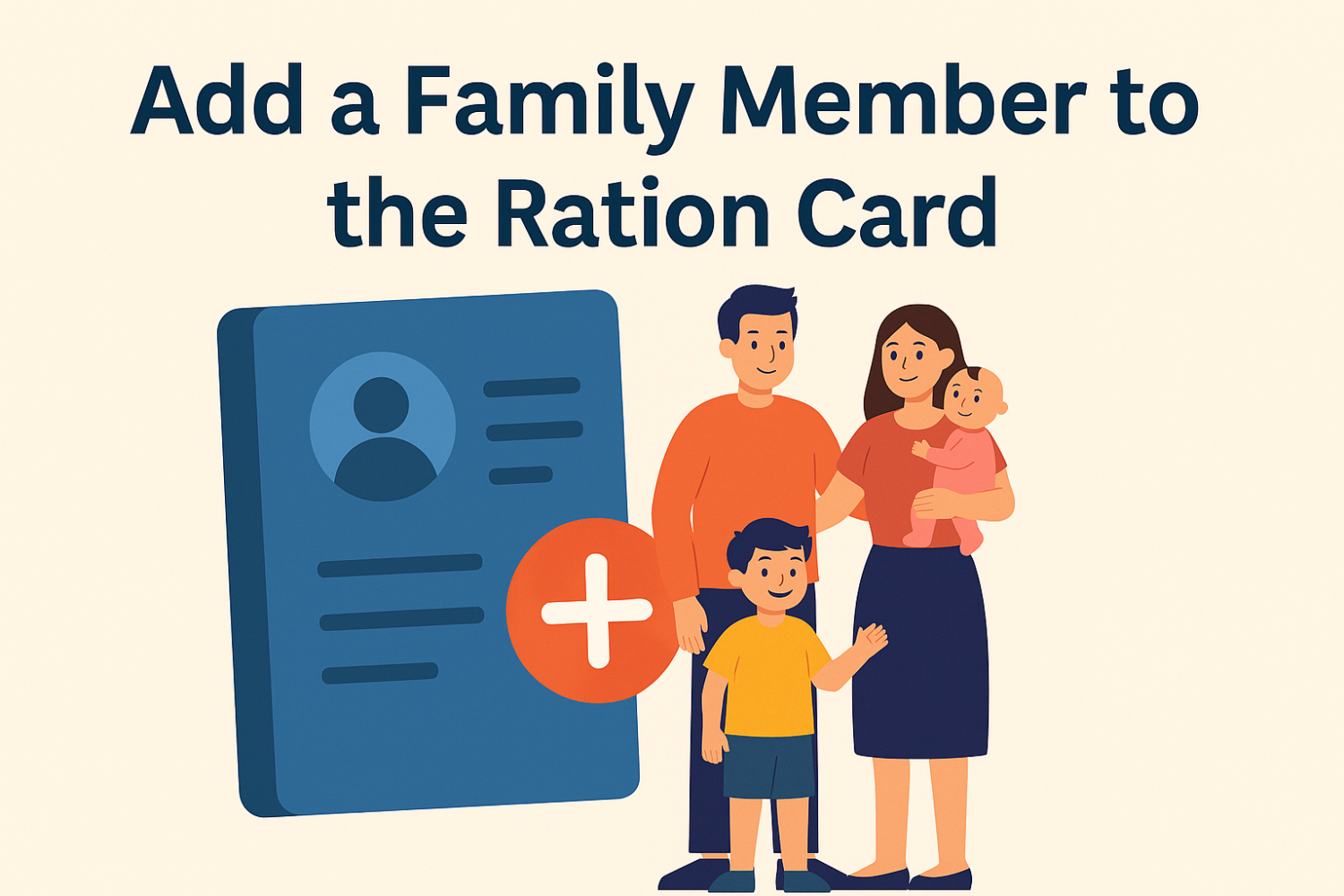


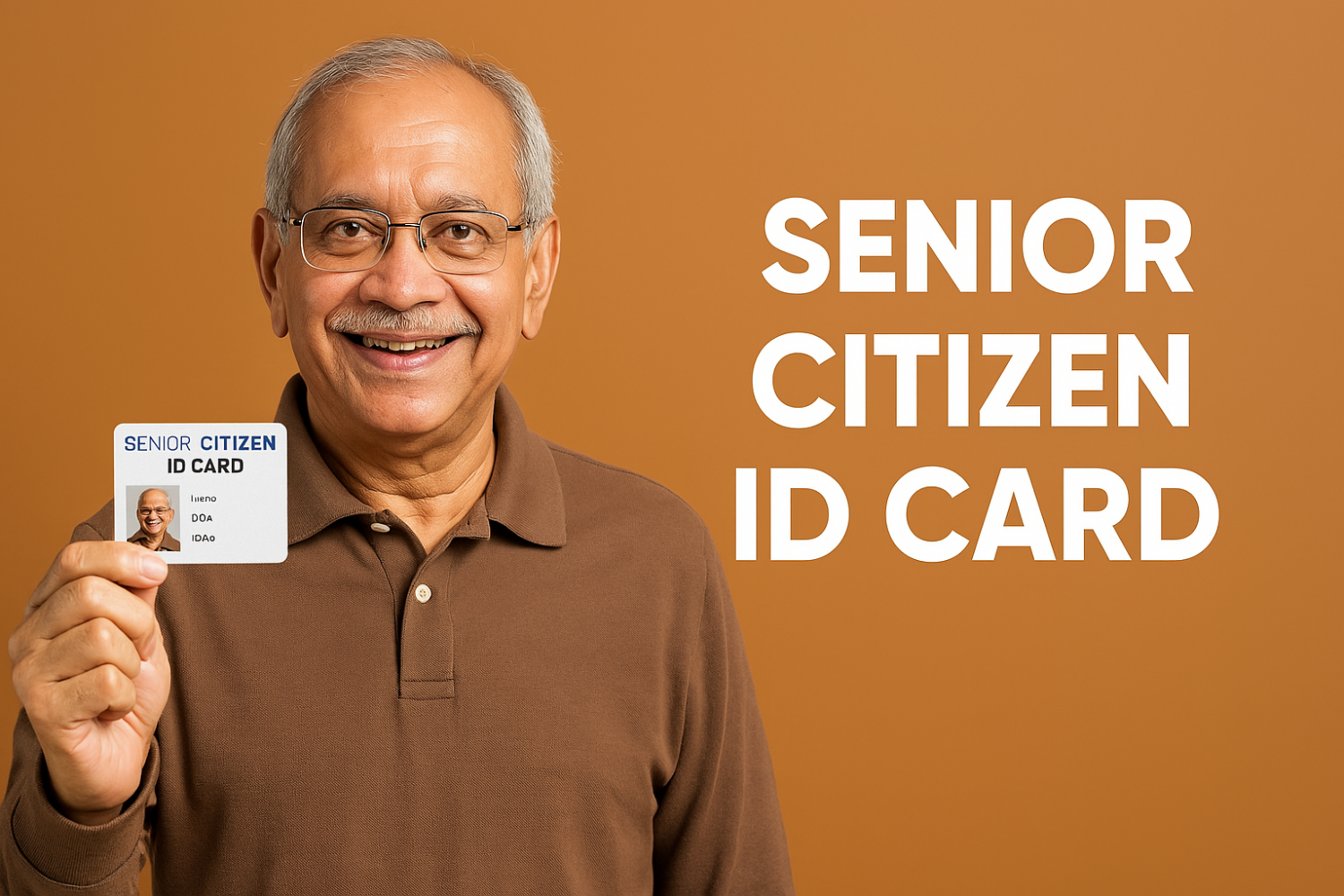
















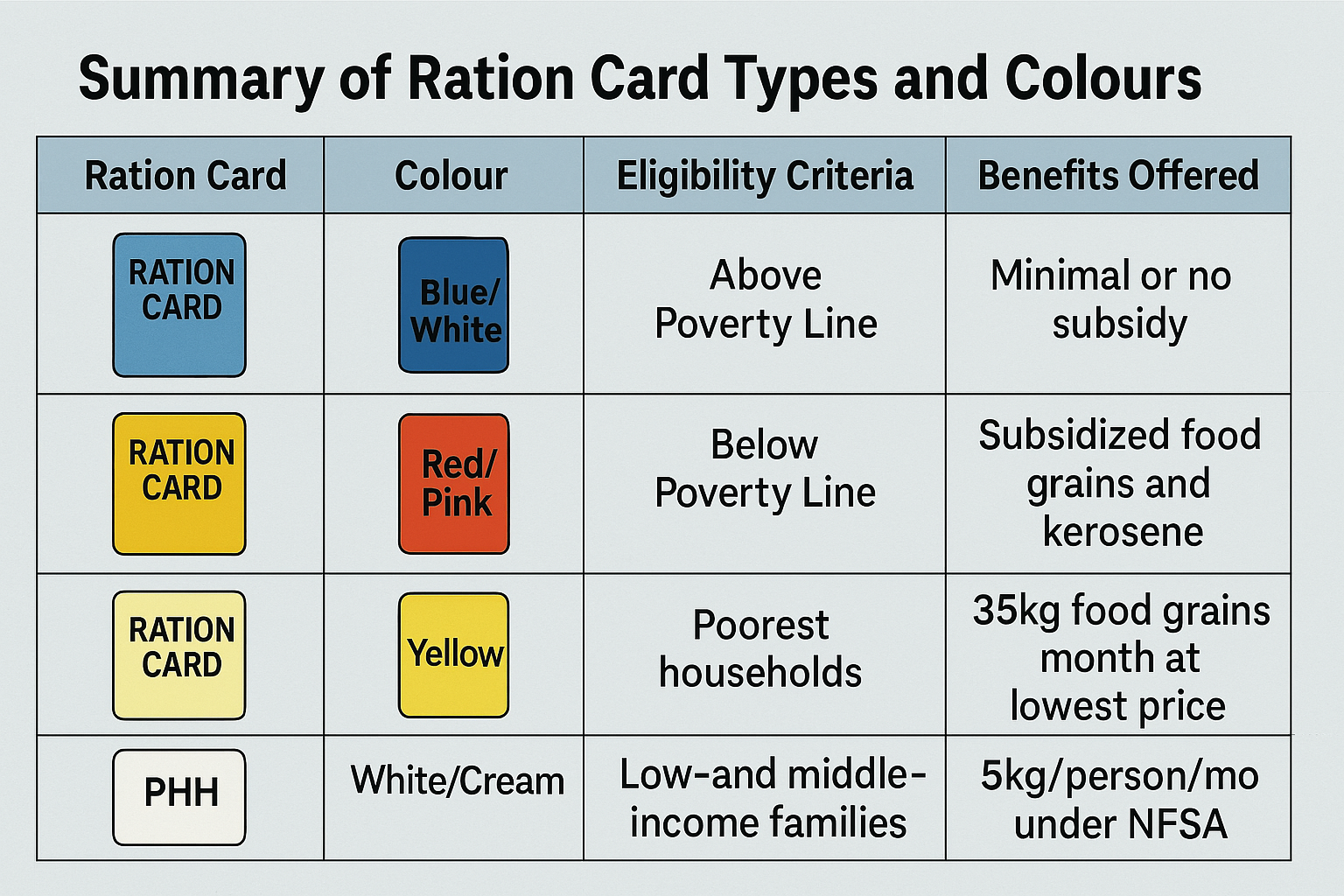


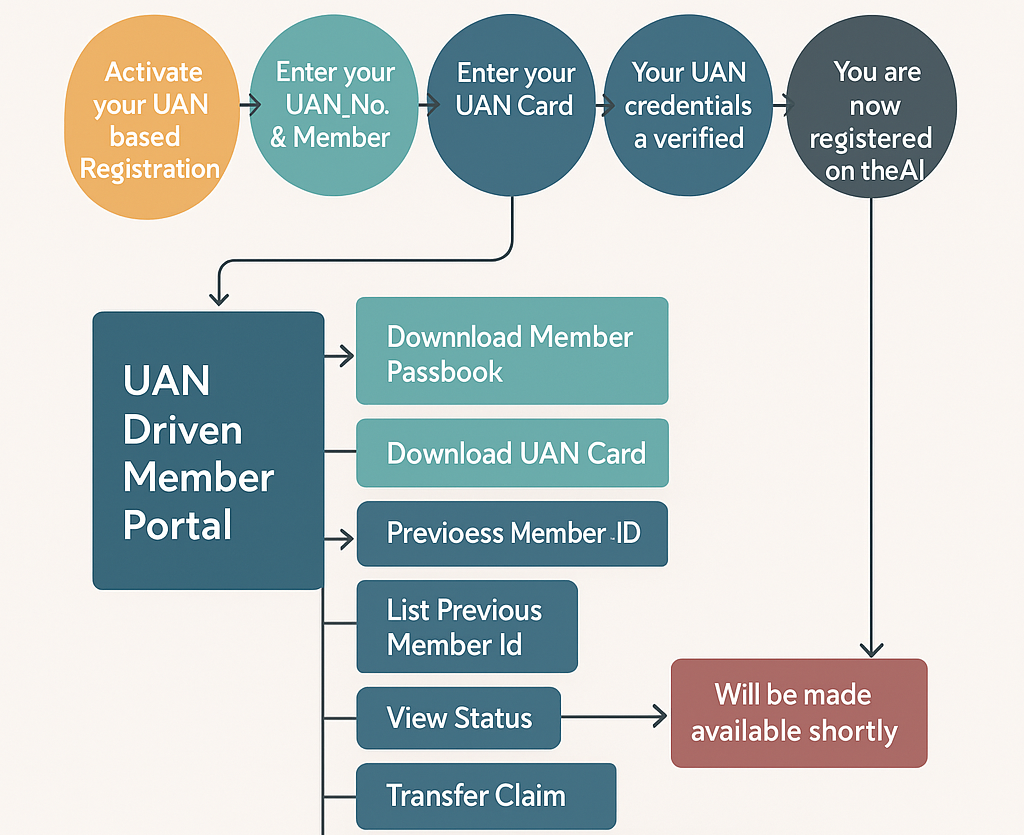

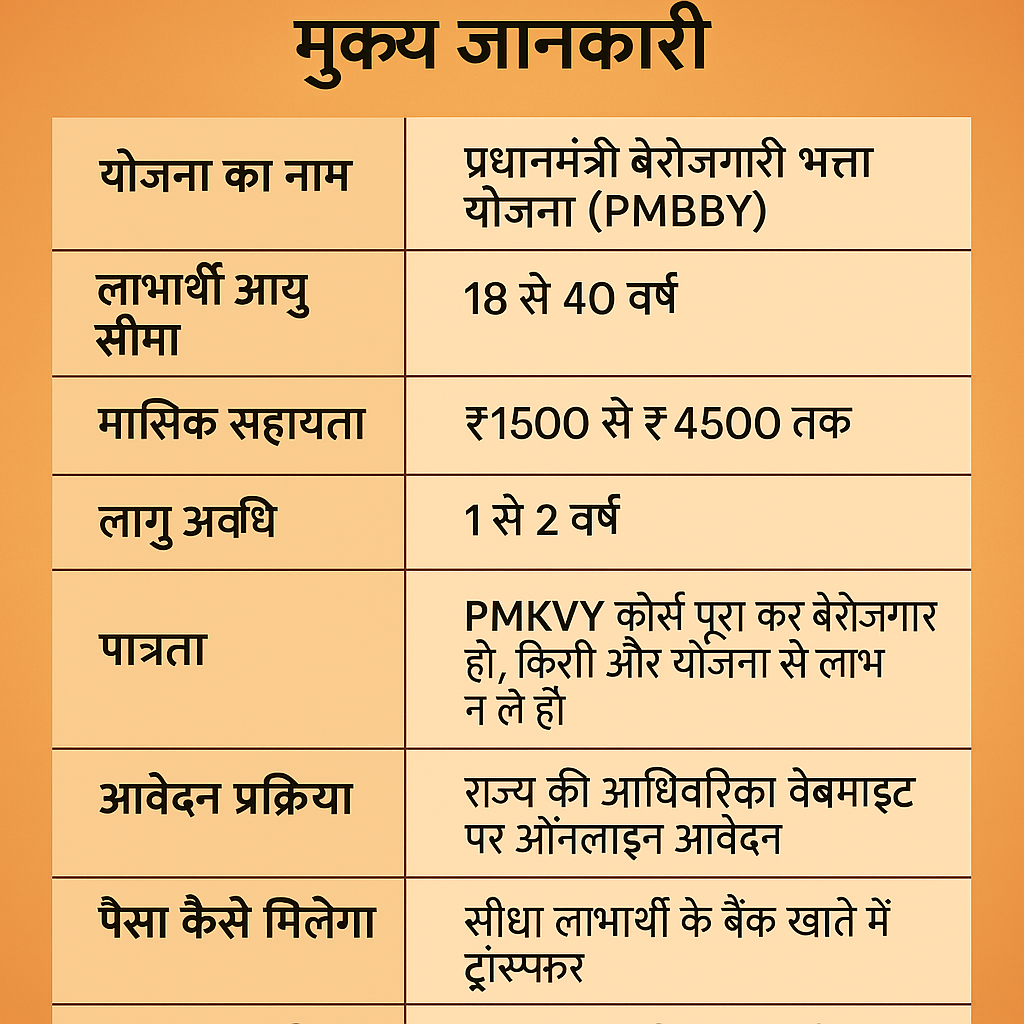






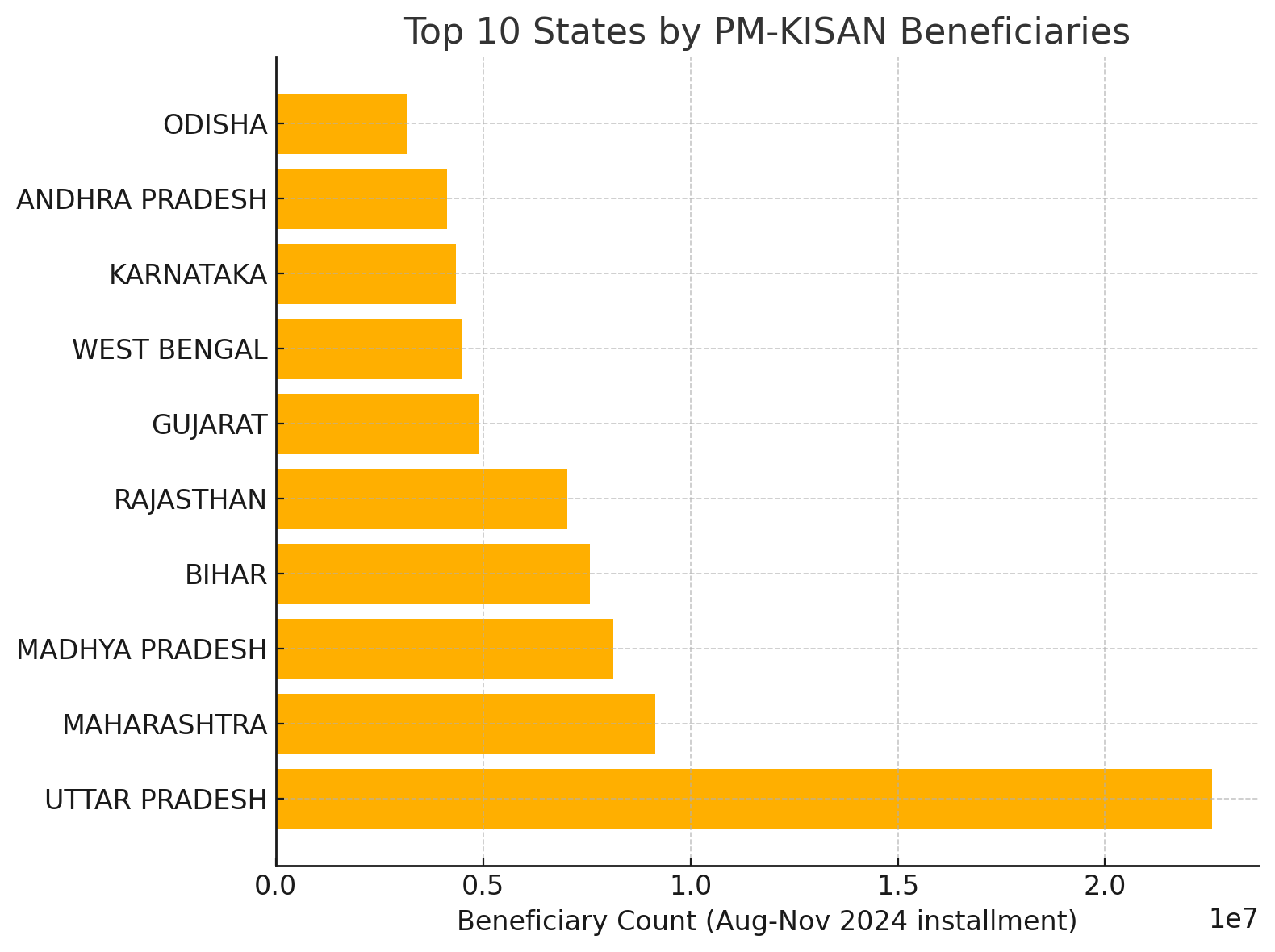
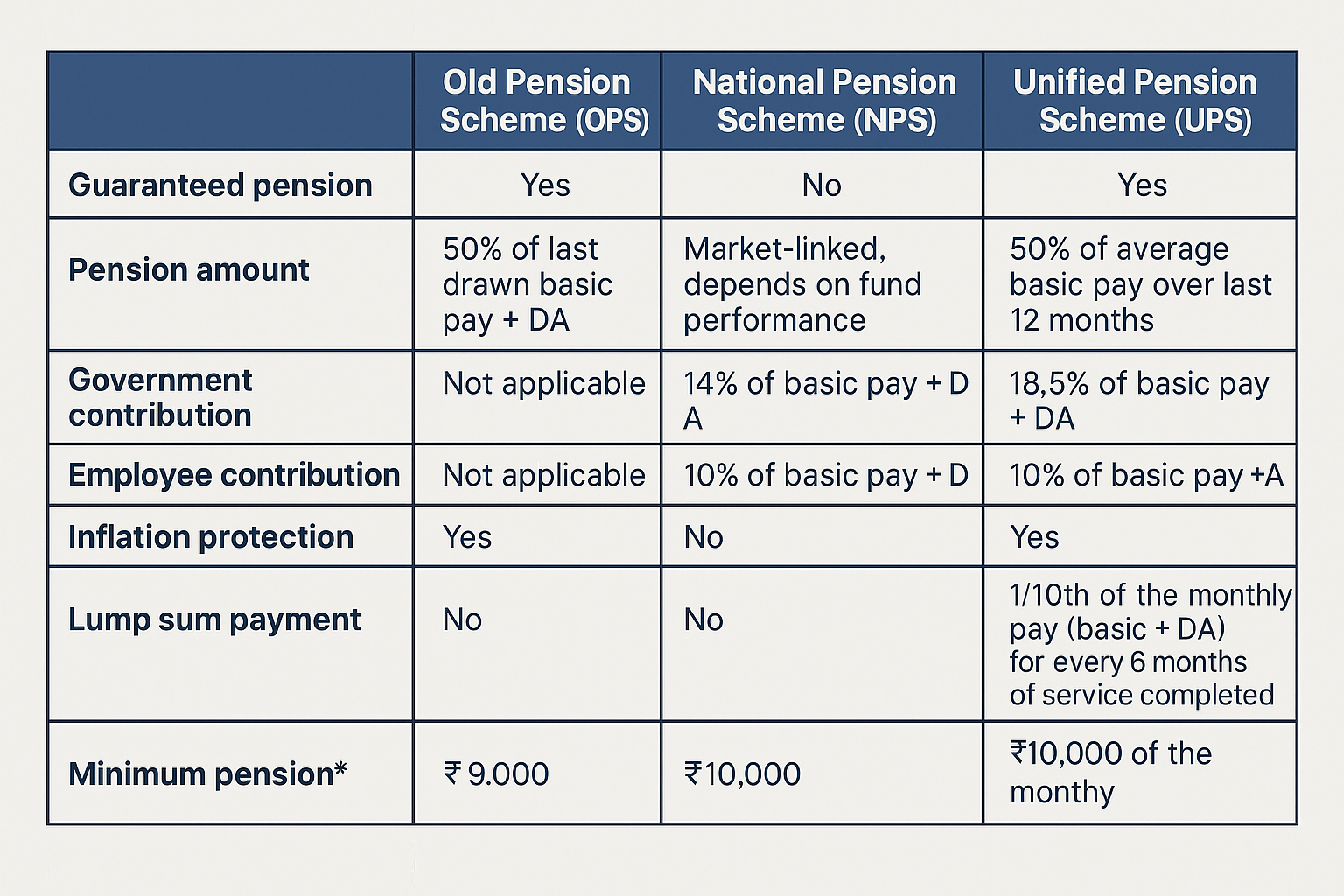


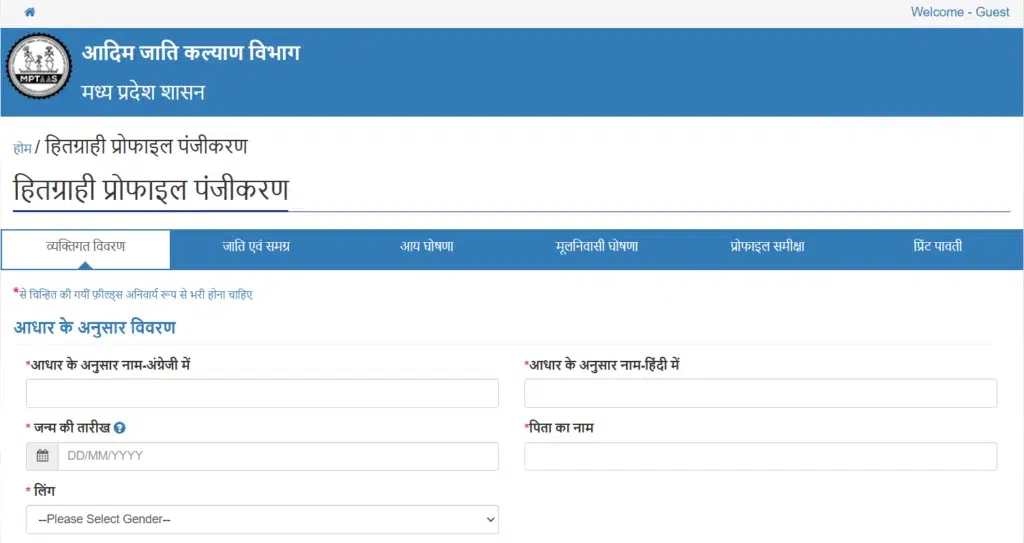













4e86cz
yaroxb